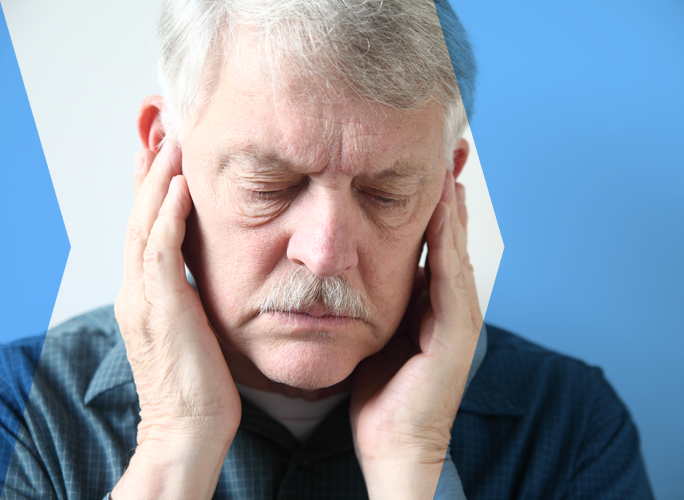Top TMJ Disorder Treatment Options
TMJ Disorder is a painful condition where your jaw does not function properly. You might suspect you have TMJ if you have frequent popping sounds in your jaw, pain in the jaw, ear, or face, or pain when chewing. It’s also known as the “great imposter,” since seemingly unrelated symptoms like headaches, neck pain, dizziness, and fainting could actually be a result of TMJ. TMJ Disorder is also progressive, meaning it gets worse over time. Needless to say, if you have TMJ, it’s time to seek treatment! But what are the TMJ Disorder treatment options?
Where to get started?
When seeking TMJ Disorder treatment options, it can be confusing where to start. First, you need a diagnosis. So if you have TMJ Disorder symptoms, come to the jaw experts, trained in your very particular issue—dentists trained in TMJ Disorder Treatment! We can see you for an initial consultation to diagnose TMJ Disorder.
What is the diagnosis process?
When you first visit our office and report your symptoms, we will examine your jaw function, take X Rays to determine the placement of your jaw bone, complete a Computerized Joint Vibration Analysis of JVA to see if your jaw vibrates when open or closed, and diagnose and make a plan for treatment based on your results.

What are TMJ Disorder treatment options?
TMJ Disorder is a progressive problem, and the severity is broken into 5 stages. So depending on how far your TMJ Disorder has progressed, the recommended treatment varies. Typical treatment happens in phases that follow this pattern:
1. Relieve pain and stabilize range of motion. (4-6 months average) Since TMJ is painful, first thing’s first: stop muscle spasms and pain. This can often be done with an oral appliance that the patient wears over the teeth. This device establishes a normal range of motion and prevents pressure and wear and tear on the joint. A few examples of TMJ Disorder treatment options based on symptoms are:
- Clicking or popping sounds. If your jaw makes noise on opening or closing, splints may be a recommended treatment. A custom-made orthotic worn on the back lower teeth may redirect the bite, eliminating sounds and over time moving the jaw forward.
- Teeth grinding. Grinding your teeth while you sleep may be putting pressure on the jaw joint, leading to TMJ disorder. A splint worn at night can prevent the teeth from touching, relieving pain (including muscle soreness and headaches in the morning)!
2. Correct the bite. Often, TMJ disorder is the result of a bad bite that dislocates the jaw. So we can look at the bite and structure and correct a deep overbite, a lower jaw that is placed too far back, a narrow upper jaw, or upper front teeth that are crooked or tipped backwards. Correcting the bite may be the solution that can align the jaw properly. Other solutions may involve reshaping the teeth, building crowns on the teeth, or a permanent appliance to cover the teeth.
- Braces. Braces can close the space and bring the lower jaw forward into the correct position, especially with the use of elastics or rubber bands.
- Crowns. Crowns on the lower teeth may solve the problem to fill the gap if the space between the back teeth is small, if the patient has extremely large fillings, or if missing teeth on the lower arch.
- Dentures. A patient who uses dentures may need a full or partial set that will keep the jaw aligned.
Any further TMJ disorder treatment options?
In some cases, TMJ disorder will require special treatment.
- Surgery. Other options are always explored first, but surgery may be required to correct the joint. This is rare!
- Chiropractic. If a patient exhibits a forward head posture, your dentist may assess whether your shoulders, pelvis, and hips are level. If any problem is assessed, you may be referred to a chiropractor to help to realign properly.
Are you ready to take the first step and get on your way out of pain from TMJ Disorder? Set up an appointment to consult with us and understand if TMJ Disorder is causing your pain today!






